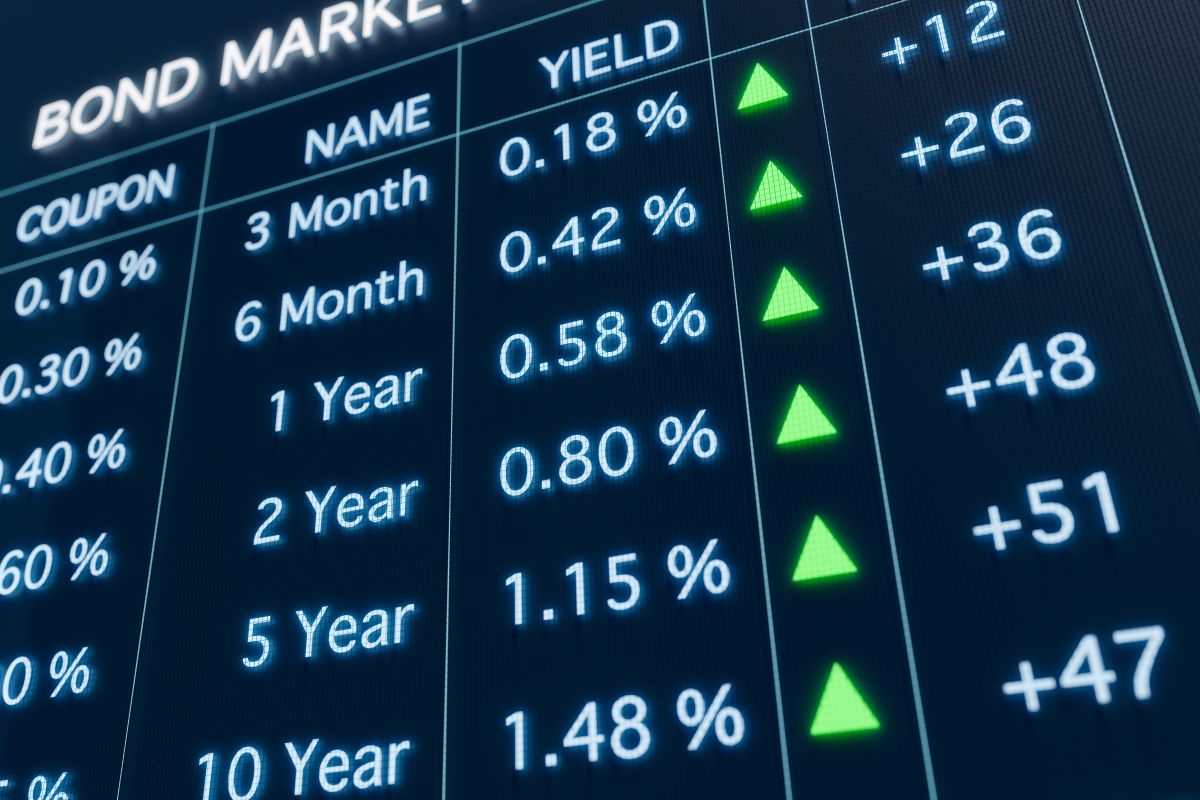Regulatory uncertainties, the Russia-Ukraine war and China’s growth slowdown pushed foreign investors to offload a record number of Chinese bonds during the first half of 2022. China has been trying to add liquidity to its economy by various means, and China’s bond markets have been buoyant as banks are issuing bonds to boost capital.
The real estate debt crisis and an economic slowdown have caused credit demand to drastically fall in the country, weighing on the balance sheet of commercial urban and rural banks in China. Beijing is anticipating a potential financial crisis and is stepping up measures to prevent fallout from declining new bank loans and slowing credit demand. The country has also set up a bailout fund for distressed banks.
As credit losses are rising from higher defaults by companies and individuals, commercial banks in China are trying to raise capital by issuing bonds, about 30% higher during the first six months of 2022 compared to the previous year. Overall, Chinese banks issued more than 1.3 tn yuan ($192 bn) worth of bonds during the said period, with even more issuances expected during the second half of the year.
Banks raise debt from China bonds
As of July 19, commercial banks in China issued 135 bonds of various types with a total face value of 1,309.4 bn yuan. While the number of bonds issued for the same period last year is near stagnant, the scale of the bonds has increased substantially. In the first half of 2021, commercial banks had issued 914.4 bn yuan worth of bonds.
“Under the guidance and encouragement of relevant policies, in recent years, the scale of commercial bank bonds issued by commercial banks specifically to support loans to small and micro enterprises has grown rapidly. Under the situation of epidemic prevention and control, special financial services for small and micro enterprises in 2020 and 2021 have grown rapidly. The proportion of debt issuance has reached a high level in recent years,” Zhou Guannan, chief fixed income analyst at Guiyang-based Huachuang Securities, told a local news publisher.
Commercial bank bonds are used to optimize the liability structure of banks and are divided into general financial bonds and special financial bonds. During the first half of 2022, Chinese banks issued 215.5 bn yuan of special financial bonds for small and micro enterprises, green financial bonds worth 96.3 bn yuan and ‘San Nong’ special financial bonds worth 8.4 bn yuan (San Nong refers to issuances related to rural development).
Meanwhile, the total amount of subordinated bond issuance by Chinese banks hit 564.8 bn yuan during the first six months of this year. Large state-owned banks are leading this type of bond issuance, with the Agricultural Bank of China alone issuing 110 bn yuan of perpetual and secondary capital bonds.
Convertible bonds also found favour among banks, and six banks have issued at least 131 bn yuan of bonds. Industrial Bank is leading the pack and has issued 50 bn yuan worth of convertible bonds, followed by Bank of Nanjing and Bank of Shanghai, each issuing bonds worth 20 bn yuan.
Chinese banks readying warchest
Analysts from China said more than half of the bond issuance by banks is supplementary capital, and the banks are also keen on issuing Tier 2 capital bonds and perpetual bonds. The issuances reflect a two-pronged approach — one which improves capital availability with banks and meets regulatory requirements and the second is to help banks provide credit support where needed.
Commercial banks in China need capital replenishment. China Banking and Insurance Regulatory Commission (CBIRC) said that during the first quarter of 2022, the capital adequacy ratio (CAR) of commercial banks was 15.02%, a decrease of 0.11% over the previous quarter. Small and medium-sized banks are facing the brunt of the slowdown in growth and credit demand, with the CAR of urban banks falling to 12.82% and the CAR of rural banks falling to 12.33%.
“Due to the strong capital replenishment demand of small and medium-sized banks, large banks also face certain capital constraints, the demand for commercial banks to issue capital replenishment instruments in the second half of the year is still large,” Shi Liuyu, Chief of Fixed Income Analysis at Guangzhou-based GF Securities, told Sina Finance.
The CBIRC is also working with local governments to boost the issuance of local government bonds to supplement the capital requirements of small and medium-sized banks. The efforts by the banking regulator reflect the directive of the People’s Bank of China, which had earlier proposed to increase bank liquidity using various means and provide support to small and medium-sized banks. The Chinese government has allowed 320 bn yuan, generated by selling special local bonds, to be fed into small- and medium-sized banks.
Separately, China may further ease its monetary policy in the coming months, reducing financing costs for enterprises and individuals. This would further increase the liquidity in the market and banks are likely to issue even more bonds to potentially meet rising credit demand. Industry experts from China have suggested that raising capital to ‘replenish blood’ should focus on two aspects — improving the overall health of the banking sector for long-term development and policy support for financial institutions that have a low threshold of accessing certain capital replenishment instruments.










 Australia
Australia China
China India
India Indonesia
Indonesia Japan
Japan Malaysia
Malaysia Philippines
Philippines Singapore
Singapore South Korea
South Korea Taiwan
Taiwan Thailand
Thailand Vietnam
Vietnam Germany
Germany Hong Kong
Hong Kong USA
USA Switzerland
Switzerland Singapore
Singapore
 United Kingdom
United Kingdom








